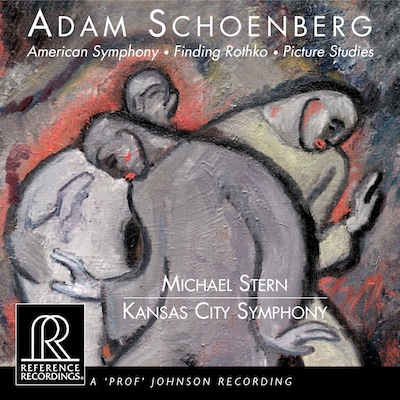
Month: November 2017
In Memory of Charles Hansen, 1956-2017

Audiac Persdag 26-04-2006
Foto en © Jiri Büller
The small world of high-end audio is reeling from the untimely and unexpected death of Charles Hansen, who was the chief designer of Avalon Loudspeakers before striking out on his own to found Ayre Acoustics. Ayre Acoustics’ announcement concludes with the request that those who remember him, at some time over the coming holidays, play an album in memory of Charley. I am sure that I will do that.
As a reviewer for Stereophile magazine and then as a consultant for the University of the South’s Ralston Listening Library (the audio system of which, in its first incarnation, included Ayre amplifiers driving Wilson Audio’s Alexandria II loudspeakers), I got to know Charley, and to appreciate his passion for musical truth, and truth in general.
Charley Hansen was a good man and a devoted father. He had a vibrant interest in education of all kinds, but especially music education. If I recall correctly, he was a supporter of Waldorf education, and I know he was very proud of his child the student violinist. After an irresponsible person nearly ended but surely blighted Charley’s life, I always continued to marvel at his equanamity and grace.
I will miss him.
I know that Charley loved violin music, because he once asked me to send him some JMR CDs by Arturo Delmoni, and then he insisted on paying for them.
So, in memory of Charley, I offer my music video “Wally the Finch Listens to Hlif Sigurjonsdottir Play Bach.”
# # #
Chamber Choir of Europe, Nicol Matt: Lauridsen “Sure On This Shining Night” Making-Of
James Agee (1909-1955) had a difficult and comparatively brief life. Born in Knoxville, Tennessee, his life was upended at age six when his father was killed in an automobile accident. Thereafter, Agee and his younger sister Emma were sent off to various boarding schools. Agee was a member of the class of 1932 at Harvard. Upon graduation, he went to work for Time, Inc.’s magazine Fortune. In 1934, he published his only volume of poetry, Permit Me Voyage.
In 1938 Agee wrote a brief prose piece, “Knoxville, Summer of 1915” that Samuel Barber later (1948) set for soprano and orchestra. In 1938, Barber had set another Agee text, “Sure On This Shining Night,” a brief untitled poetic fragment from Permit Me Voyage. Barber’s “Shining Night” setting is solidly in the core or standard repertory, both in its solo-voice and choral versions. More recently (2005), composer Morten Lauridsen’s choral setting of “Sure On This Shining Night” has earned worldwide currency for its soulful treatment of Agee’s enigmatic, pensive, yet I think ultimately hopeful lines.
Agee later participated in the writing of two of the most famous films of the era, The African Queen and Night of the Hunter. He was posthumously awarded the Pulitzer Prize in 1958 for his autobiographical novel A Death In the Family. Agee’s reputation as a writer is usually thought to rest upon A Death In the Family and his Depression-era journal Let Us Now Praise Famous Men. But it cannot be doubted that Agee was one of the most important English-language art-music lyricists of the 20th century. That is, as long as one judges by quality, and not merely quantity.
Text, commentary, and a news flash, all after the jump. Continue Reading →
Adam Schoenberg: “Finding Rothko” and other orchestral works

Adam Schoenberg: Finding Rothko, American Symphony, and Picture Studies.
Kansas City Symphony, Michael Stern, conductor.
Reference Recordings RR-139 Hybrid+MCH SACD and Downloads
David Frost, producer; Keith O. Johnson, engineer and mastering engineer.
My recent entry on the Morton Feldman musical work inspired by Houston’s Rothko Chapel noted that Rothko’s huge canvasses displayed there had also inspired Peter Gabriel’s song “Fourteen Paintings.” Four different Mark Rothko paintings that span the years 1949 to 1959 more recently inspired American composer Adam Schoenberg (b.1980) to write Finding Rothko, an orchestral work in four movements identified by the colors Orange, Yellow, Red, and Wine. Finding Rothko is concise, tonal, melodic, and accessible, with brilliant orchestration.
The obvious parallel is to Arthur Bliss’ A Colour Symphony of 1922 (which perhaps was an un-acknowledged inspiration). A Colour Symphony‘s movements are also named after colors; in Bliss’ case, the heraldic colors Purple, Red, Blue, and Green.
More ponderings and generous sound samples after the jump. Continue Reading →


